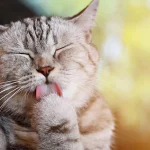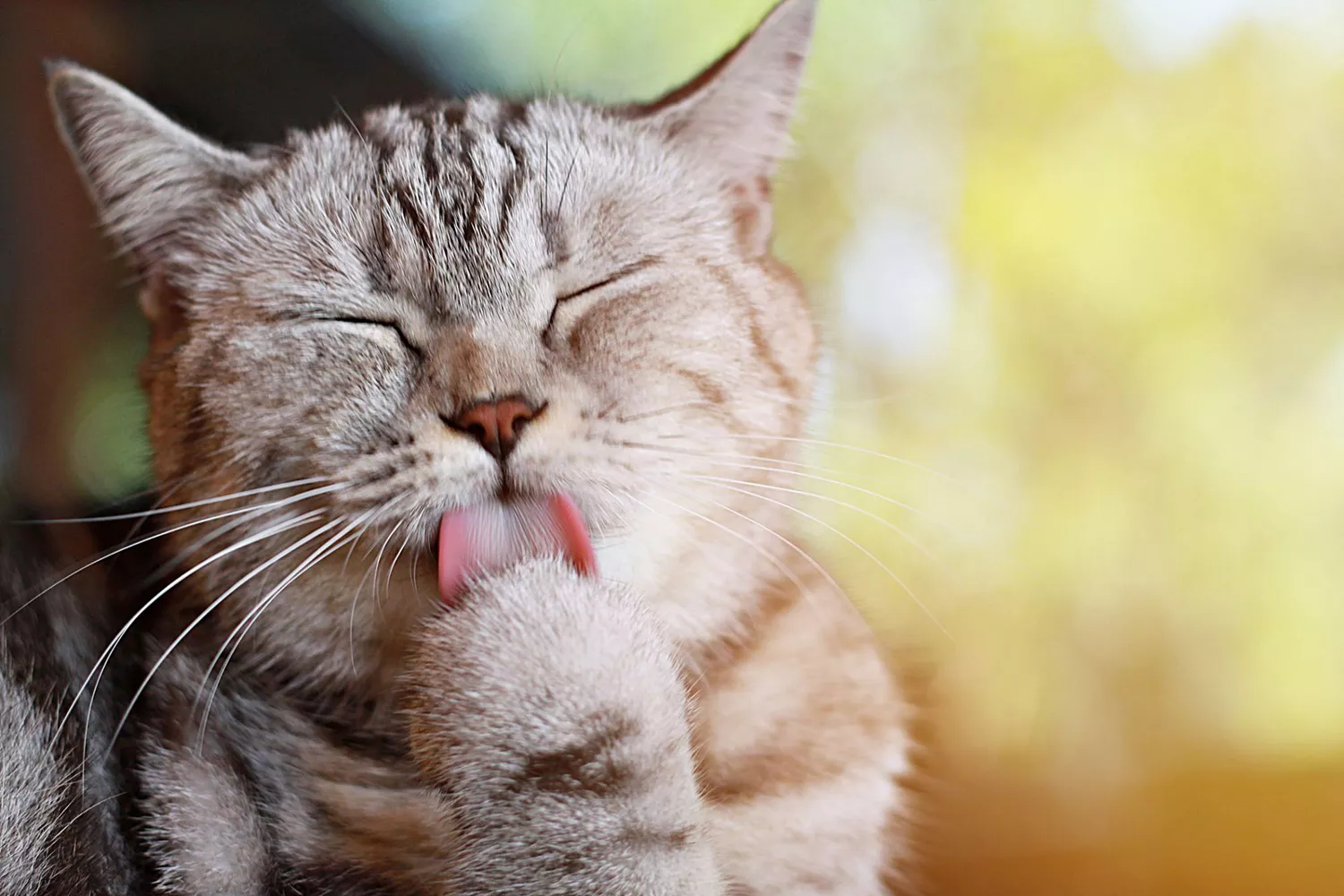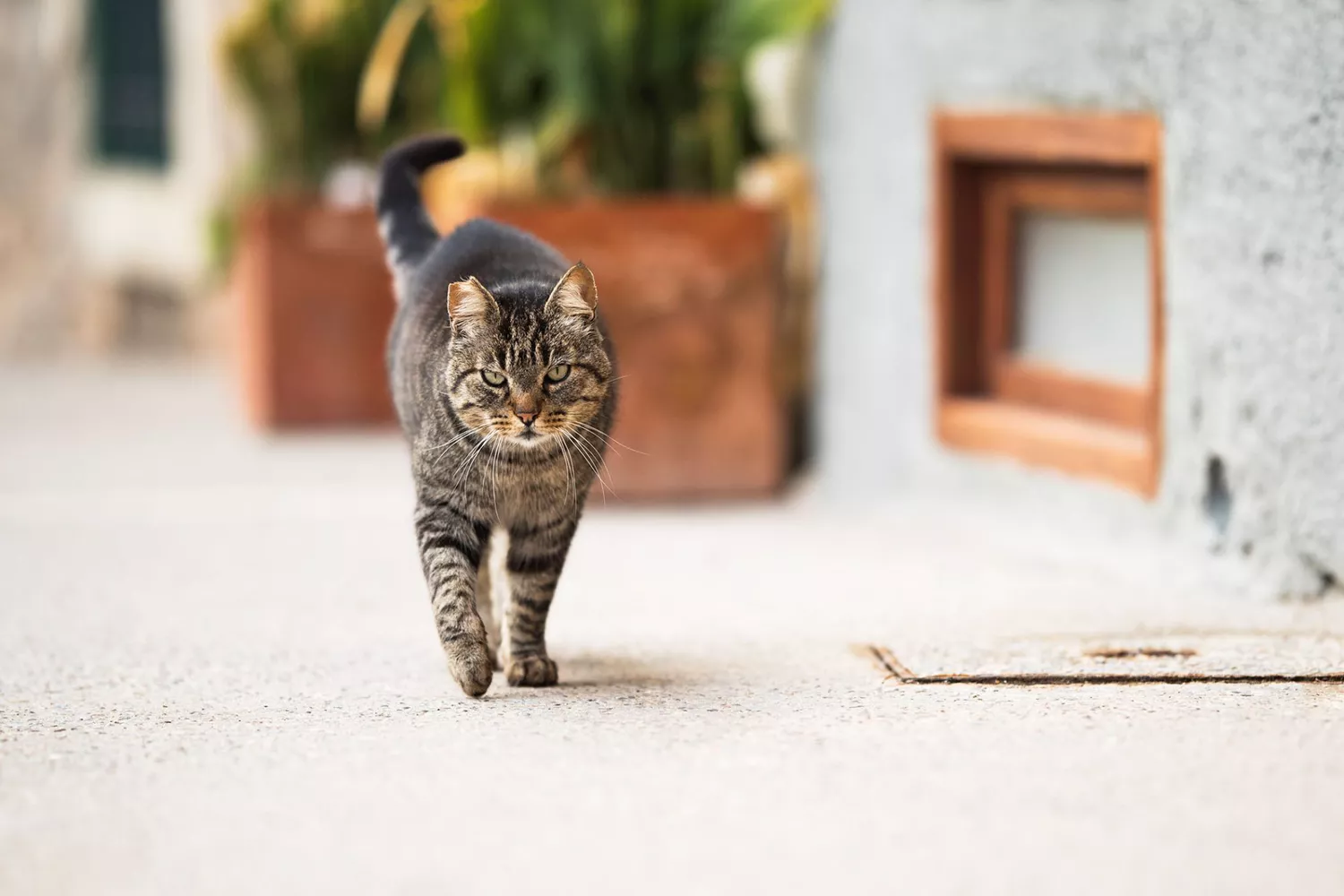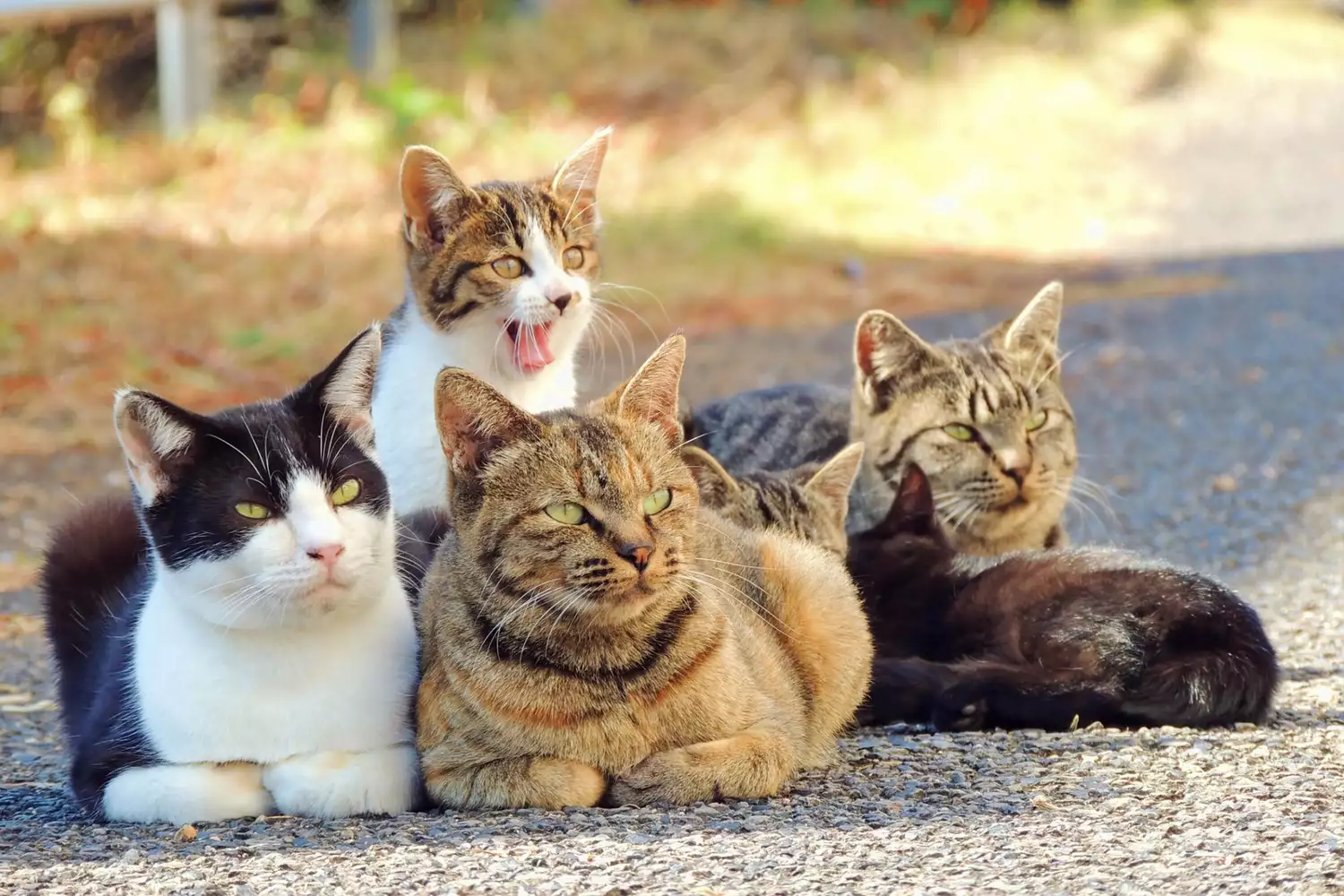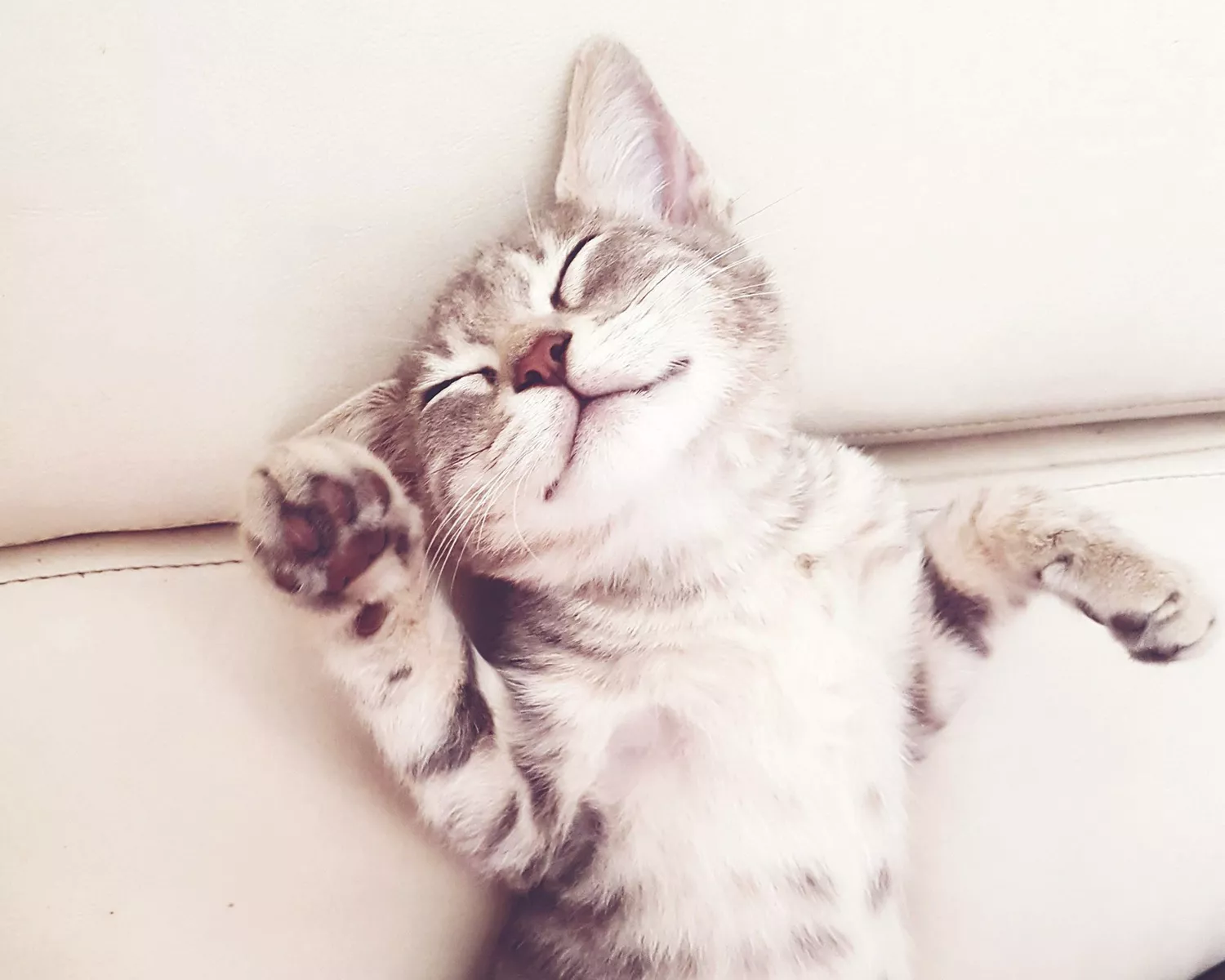
We’ve all experienced it. While offering your cat some pats, rubs, and scritches, you unexpectedly get “The Paw”: A cease-all-motion indicator that’s either a mild discuss the hand that asks you to stop, or a speedy swat which really suggests stop today.
It’s easy for us to believe our furry friends like all of our attention, however similar to human beings, they have individual choices. Tickling, for example, is a feeling that can be enjoyable for some people however annoying for others. So, are felines ticklish?
” Cats can be ticklish however, since they don’t laugh, they show it in various methods,” says Angelica Dimock, DVM, managing shelter vet at Animal Humane Society.
How Are Cats Ticklish?
Like a lot of mammals, cats respond to 2 types of ticklish sensations. One is knismesis, or “the moving itch”– a light touch that raises goosebumps or causes our skin to jerk. Being tickled really promotes both discomfort and enjoyment nerve receptors, which is why some individuals– and felines!
” Cats are incredibly sensitive to touch, however a little tickle on the head or face may be welcomed by some. Cheek and head rubbing mimics the bonding behavior that cats do with each other, and it’s often why cats headbutt their people to “mark” them as one of their own.
Does Your Cat Like to Be Tickled?
Knowing how to appropriately pet your cat is an important type of interaction and helps strengthen the relationship between you. Like the “stop” swat, Dimock adds that kitties have other signals that tell you loud and clear they’re not delighted with tickling or touching specific parts of their body. These include:
Sending their ears back
Wide eyes
Freezing up
Vocalizing
Now, if your furball delights in little tickles, they might seem unwinded and:
Purr
Push your hand if you stop as a method to request for more
Knead with their front paws
Make soft motions with their tail
” Most cats are pretty clear about what touch they want. You simply have to listen– and regard!” Rucinsky adds.
When Is Your Cat’s Touch Reaction a Health Issue?
” Sometimes when we touch felines, specifically near the base of their tails, they’ll have a reaction that involves nibbling the air or licking their own forearms. Some cats’ skin will ripple– like it tickles,” Rucinsky states.
Felines with fleas or allergies often have this reaction due to the fact that they itch. Furthermore, overweight cats have trouble cleaning themselves and might respond in this method since it’s annoying to them when we touch areas they can’t reach.
” The most major other problem for rippling skin can be a condition called feline hyperesthesia syndrome– I often describe this to cat owners as the ‘little alien disease’ or the ‘ghost disease’,” Rucinsky says. “Cats imitate they think undetectable animals are touching them, and it can be rather disturbing to them. This condition is along the lines of a seizure condition and may require medication to assist make the cat more comfortable.”
In severe cases, felines can really harm themselves attempting to get rid of the feeling, often by excessive digging and scratching at their skin. They might also suddenly bite and drool or urinate a lot. So if you discover these types of responses, schedule a veterinary checkup immediately.


